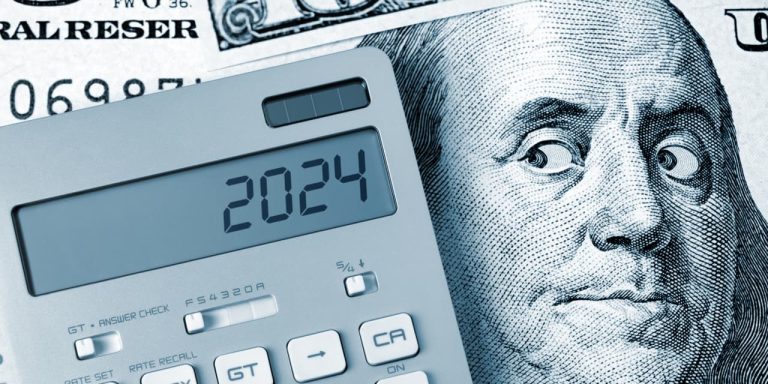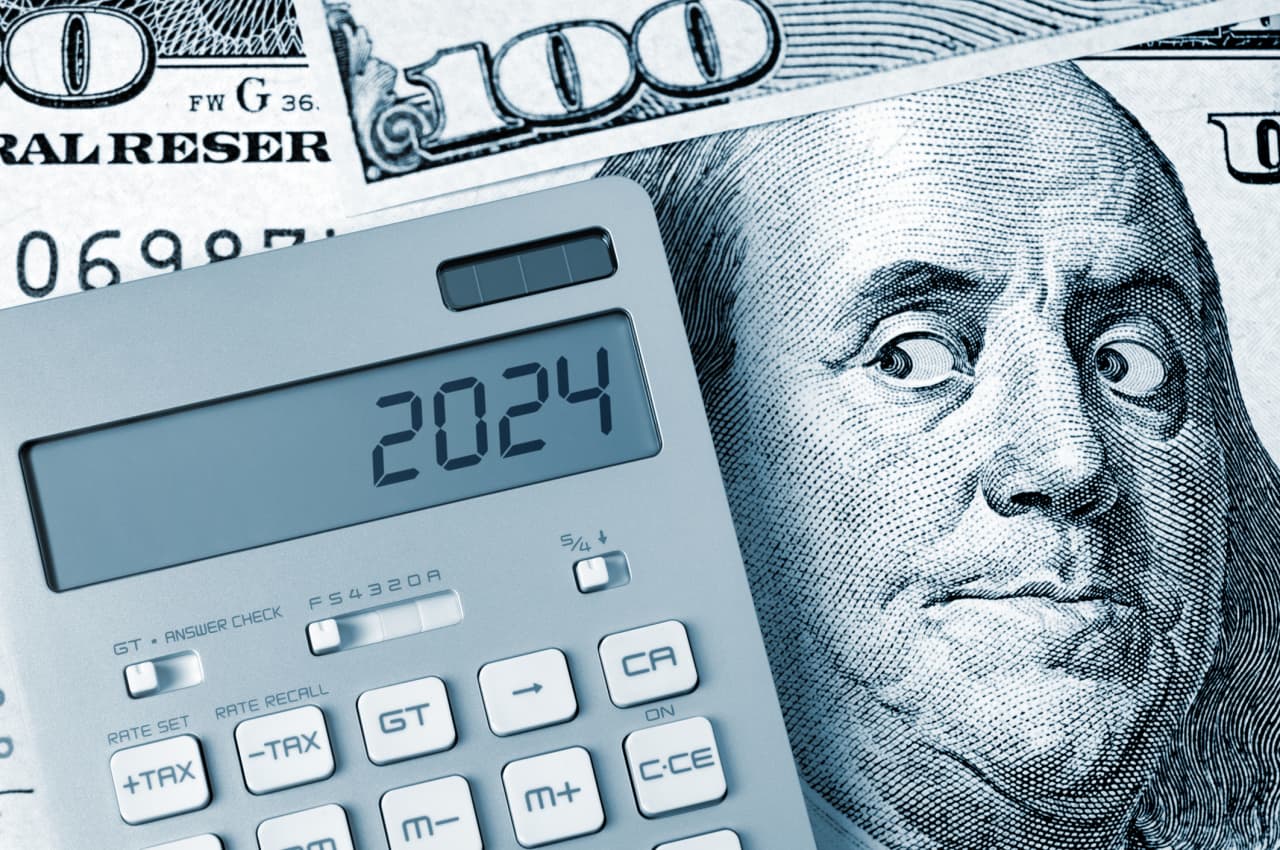The US dollar has had a relatively strong start to 2024 – but some analysts believe the US currency is still more vulnerable to decline over the course of this year.
US Dollar Index ICE DXY,
Which tracks the currency against a basket of six major rivals, it is up about 2.1% so far this year, according to Dow Jones market data.
The dollar rose as traders trimmed their expectations for when the Federal Reserve will start cutting interest rates this year, according to analysts at BofA Global Research.
As recently as late December, traders were estimating as much as a 90% chance of a March rate cut — but those chances have since dropped to about 46% as of Friday, according to the CME FedWatch tool. Meanwhile, the total amount of interest rate cuts scheduled for this year, which reached 170 basis points in mid-January, has now fallen to around 135 to 150 basis points.
However, the dollar is likely to decline throughout the remainder of this year, analysts at the investment bank wrote in a note on Thursday, adding that much of the decline is likely to occur in the second half of 2024.
Bank of America analysts said they do not expect any recession this year and expect the Fed to begin cutting its key interest rate in March. Such a scenario is negative for the dollar, as easing by the Fed is likely to support risk assets as US economic growth remains resilient, according to analysts.
Analysts said that based on historical data, the performance of the ICE US Dollar Index has been mixed since the beginning of the first interest rate cut by the Fed over the past six cycles, and has been relatively flat on average over the following quarters.
“This is due in large part to the ‘safe haven’ status of the US dollar and its negative correlation with risk, as shorting cycles have often been associated with recessions,” they wrote.
Jonathan Petersen, chief market economist at Capital Economics, echoed that point in a note on Thursday. The dollar is expected to face headwinds from strong risk appetite in global markets and lower bond yields in the United States throughout the year, and the US currency is expected to remain range-bound against most major currencies for most of 2024.


